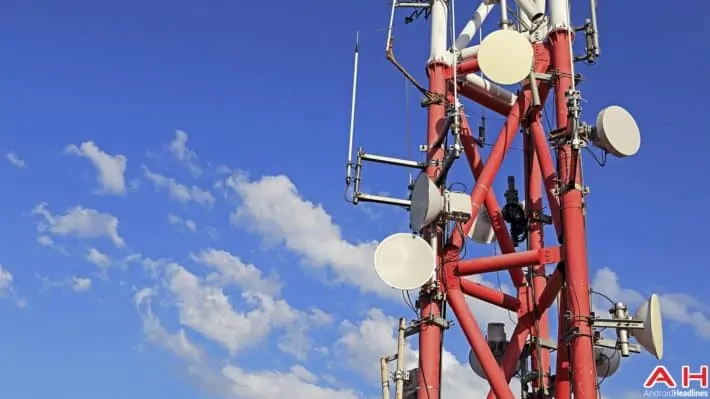Backhaul in a cellular network is the communications between the main wired network and communications equipment and the cells that your phone is talking to. Small cells are cellular access points that operate in a very short range. Sometimes that can be as little as 30 Ft (10m) for supporting a small office or conference room, but not more than a mile or two (1-2 kilometers). The cellular access point that is normally used, the ones on the cell towers, are called macrocells, which have ranges of 10 or 20 miles. The cellular access point is the device that your phone is talking directly to, and then the communications or data is relayed back into the main network. That can sometimes be several steps away and increasingly, is done wirelessly making the networks cheaper to install and more flexible.
Aviat Networks and Fastback Networks, both suppliers of cellular infrastructure equipment have proposed using the 70/80 GHz band for small cell backhaul and allowing for smaller antennas that would be less obtrusive. The smaller the antenna (in any radio system) the less directional it is and the current FCC regulations for the 70/80 GHz band require directional antennas to minimize interference.
AT&T and T-Mobile have both filed briefs with the FCC urging them to waive the regulations and allow this type of antenna for this use. Opponents argue that the less directional antennas will cause interference and thus limit the usability of the backhaul frequencies. AT&T has countered that the option to use the more directional antennas would still be available if the local conditions dictate, but the smaller antennas would make it easier to deploy small cells into the network and will provide the high-speed support needed for advanced LTE and 5G systems in the future. The 70/80 GHz bands are well suited to high bandwidth, small cell backhaul. It is estimated that by 2017, as many as 5 million small cell systems will ship annually and the network needs to be ready to handle the traffic. The E-Band (70/80 GHz official designation) is limited to about 4 Km or 2.5 miles of range. In a crowded urban environment, this can be reduced, but in a crowded urban environment more cells would be needed to support the traffic. One of the big advantages of the E-Band is that it does not have to rely on line-of-sight communications like many traditional microwave systems that have been used for this purpose in the past.

